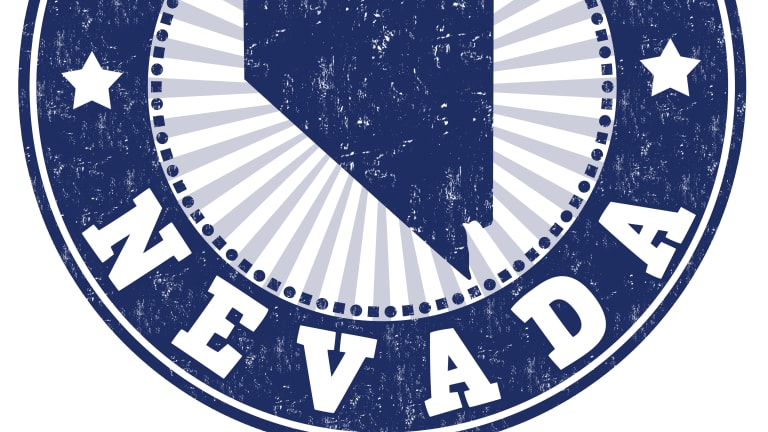It’s been more than 35 years since Ronald Reagan stated, during his first inaugural address, “Those who say that we’re in a time when there are no heroes, they just don’t know where to look.” We discovered heroes in every state, starting with the determined 69-year-old who won a match at an ITF Pro Circuit event earlier this year in the Alabama town of Pelham, and culminating with the coach who has overcome multiple sclerosis to build a winning program at the University of Wyoming. Their compelling stories of courage, perseverance and achievement demonstrate that the message delivered by our 40th President rings as true today as it did then.
“It’s what life is, it’s what the journey requires,” Andre Agassi has said of his three-decade evolution from the long-haired holy terror of ‘80s tennis to the clean-shaven sage of the Las Vegas strip. “There were a lot of moments I didn’t understand, I was confused by, scared by. A lot of times I wanted to hide from facing it. But I’m still in process.”
It has been 30 years since that process began for Agassi. In the summer of 1986, as a free-spirited 16-year-old, he burst onto the pro tour with both ground strokes blazing. Fans, especially young female fans, were quick to notice his frosted locks and denim shorts; opponents, especially his more famous older opponents, were equally quick to notice what he could do with the newfangled Prince racquet in his right hand.
“Nobody has hit the ball that hard at me,” John McEnroe sad after facing Agassi for the first time.
But it was an observation that Ivan Lendl made about the teen the following year that has been remembered longer, because it cut a little deeper into the Agassi persona—right down to the bone, in fact.
“A haircut and a forehand,” Lendl wrote in his scouting report on Agassi.
And that was all he wrote. Lendl understood, even before Agassi told us that “image is everything” three years later, that the young Andre was heavy on flash and light on substance.
Agassi has spent his adult life trying, and ultimately succeeding, to shake that reputation. But it should hardly have come as a surprise that Agassi lacked depth at 16. One thing he was no longer doing by that time was going to school.

